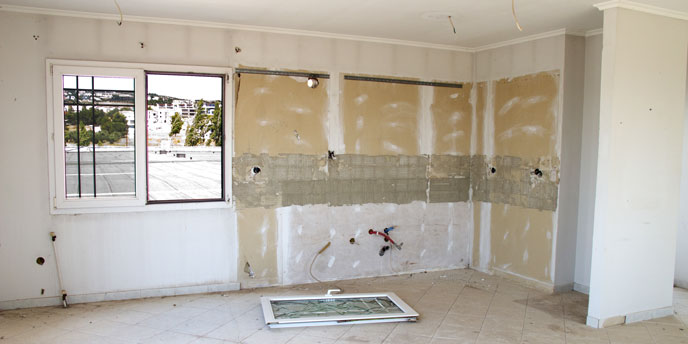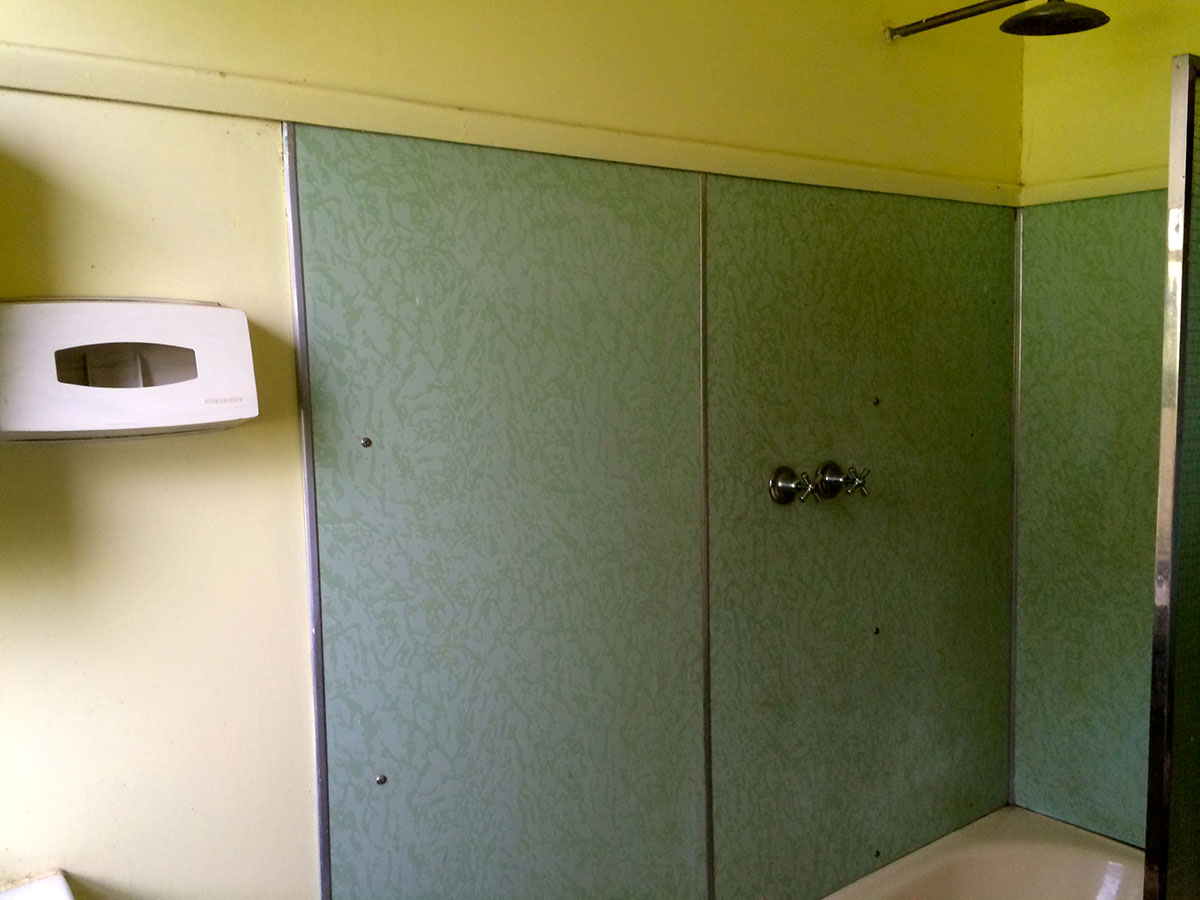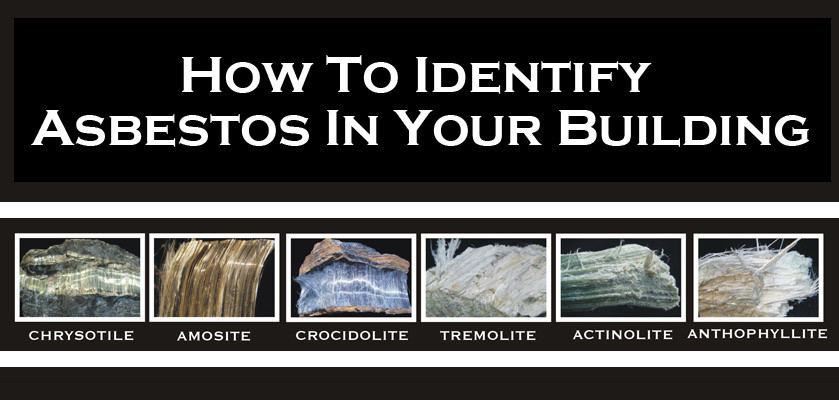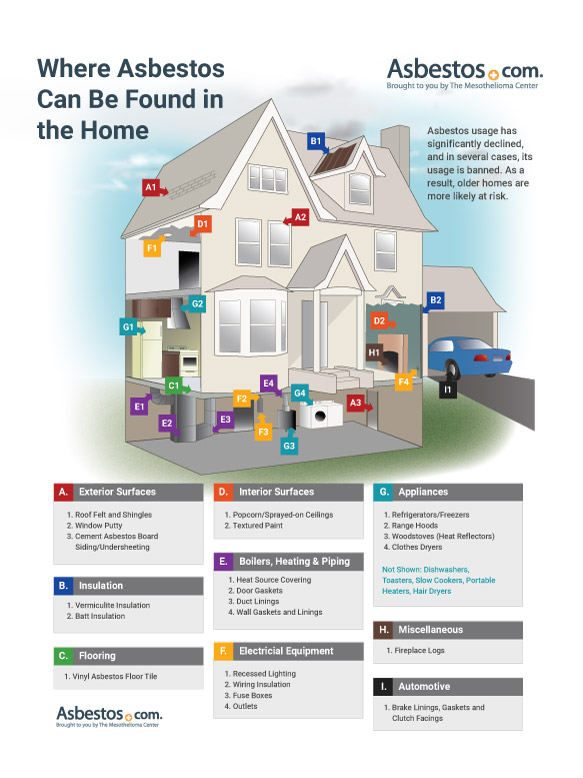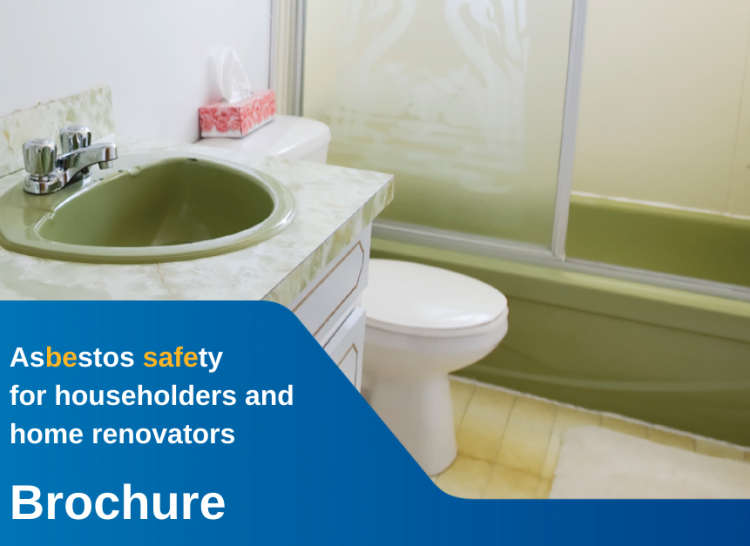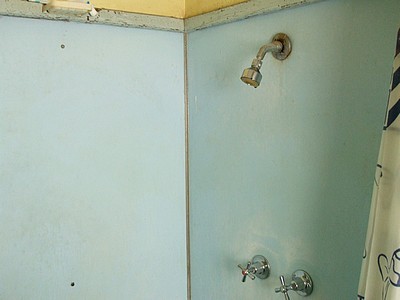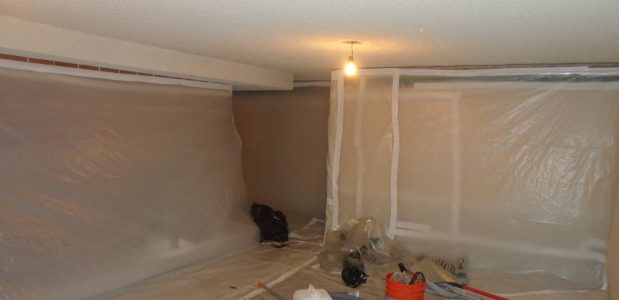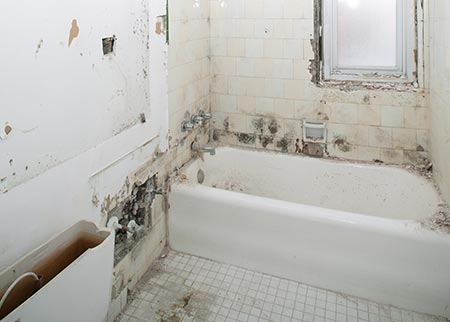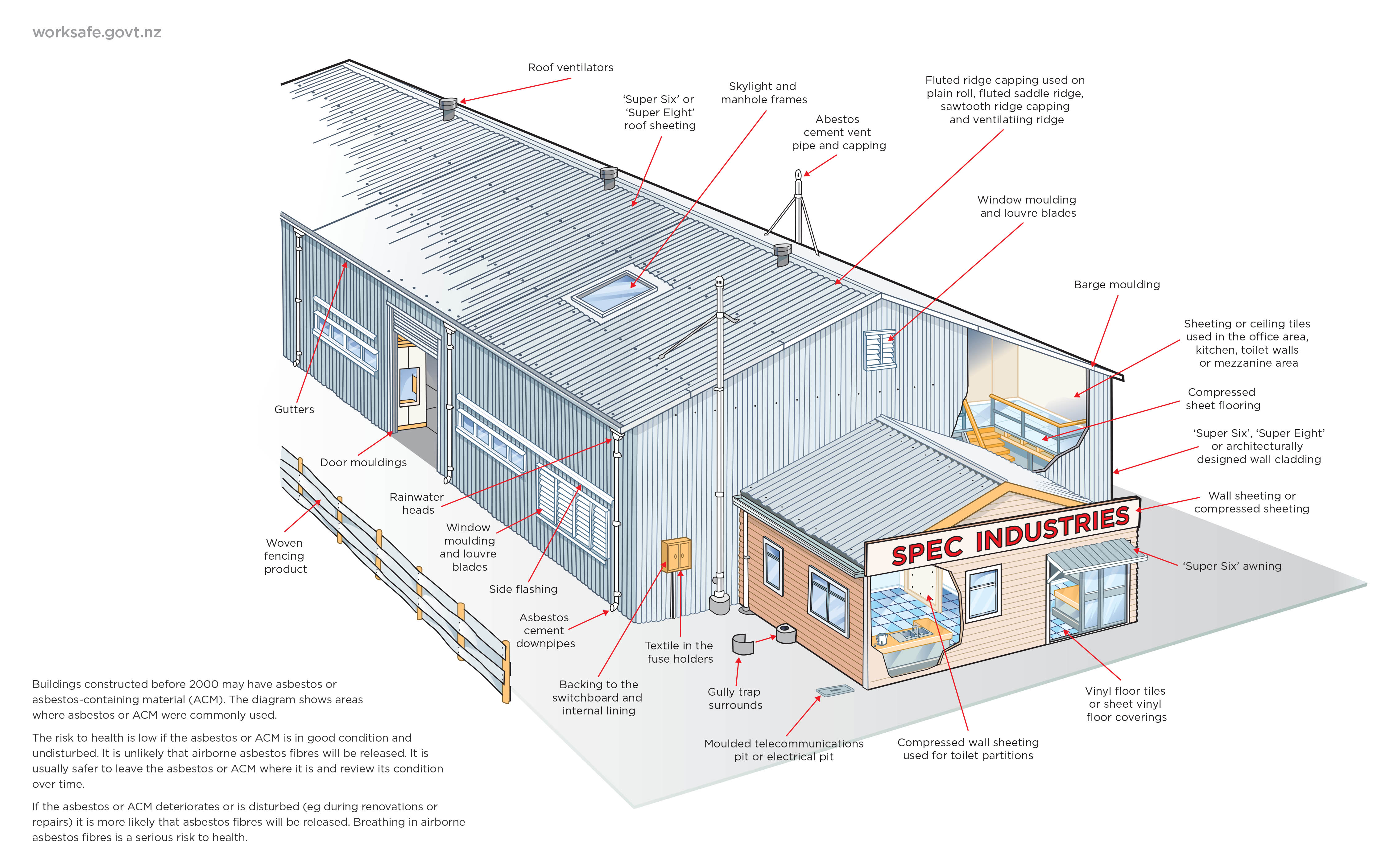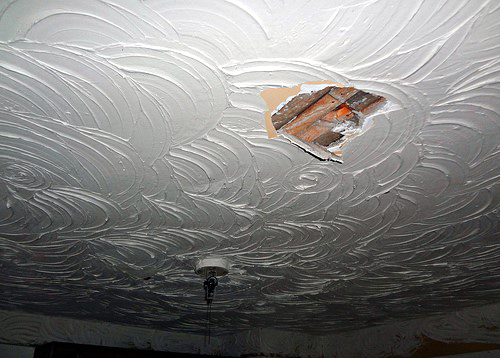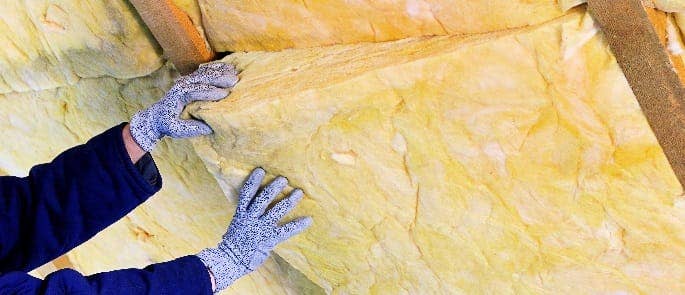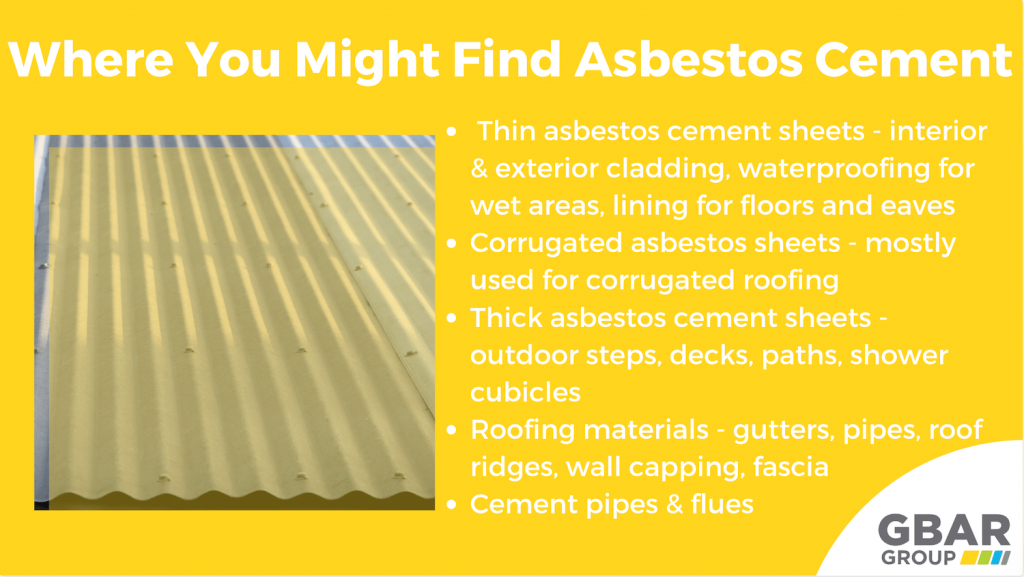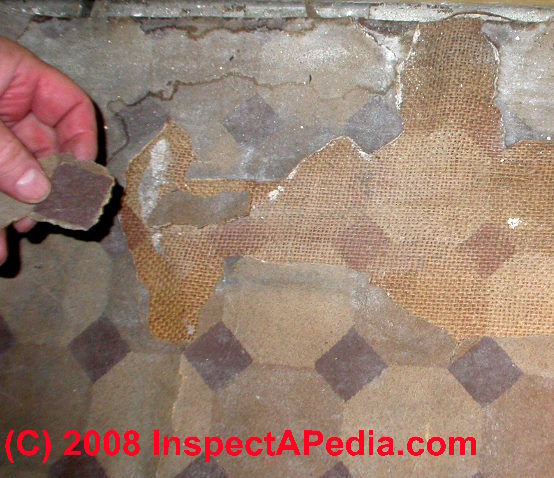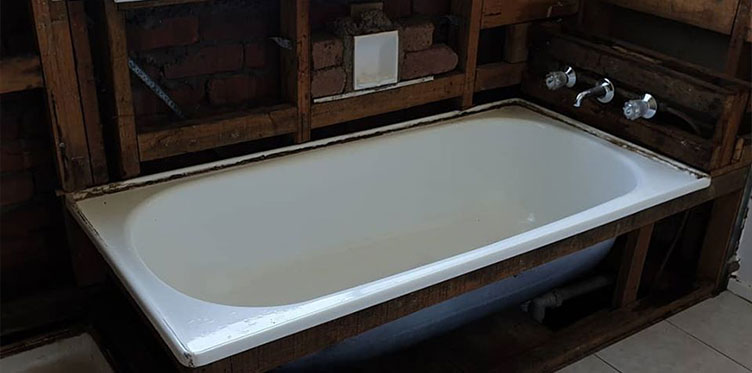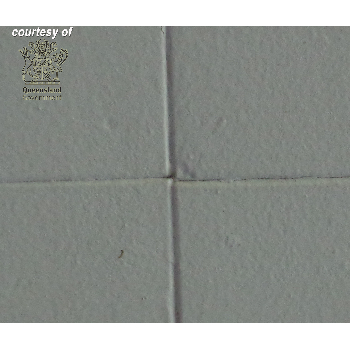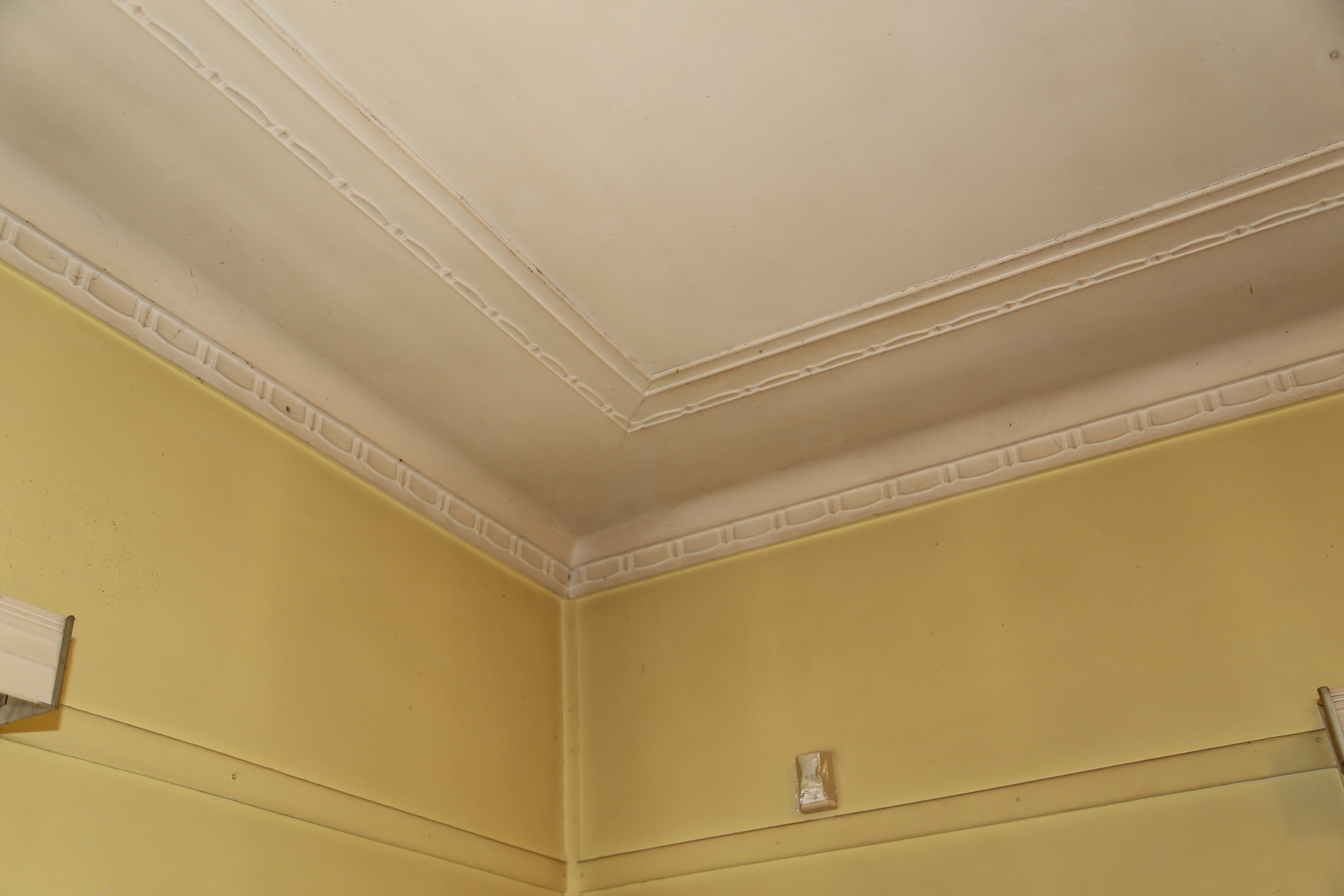Identifying Asbestos In Bathroom Walls
If your attic or wall insulation is in batt or blanket form whether it s fiberglass cellulose or another material you generally don t have to be concerned about asbestos.
Identifying asbestos in bathroom walls. Used as fireproofing in a cement asbestos form on furnace and boiler room ceilings and walls and corrugated decorative wallboard used in theaters. Asbestos insulation boards can often be identified due to the distinctive connections between panels as seen in the photo below. However similar products were made that do not contain asbestos so testing may still be required to accurately determine the presence of. To identify asbestos in your walls a piece of the wall needs to be sent to a nata accredited testing facility which will then determine whether there is any asbestos in the walls of your home.
In residential buildings aib was often used for bathroom and kitchen walls. Photo at left from rosato. It was used in fibro cement sheeting in walls ceilings and floors and the lagging on hot water pipes. In order to identify whether or not your insulation contains asbestos you may be wondering what asbestos insulation looks like.
Each mold has a different location that may be stamped with manufacturer s information. The types of insulation that were most commonly made with asbestos are loose fill also called blown in insulation. One of the main areas asbestos can be found is in the bathroom. The date a building was built is often the most important clue to whether or not it contains asbestos.
See drywall asbestos content. Loose asbestos insulation should be treated with extreme caution. One such building product is the decorative plaster used on many ceilings and walls during the relevant period. An asbestos ceiling is also called an acoustic ceiling or popcorn ceiling due to its soundproofing qualities and it looks a little like popcorn once it s.
Asbestos has been linked to multiple health problems including a type of cancer. Prior to this asbestos products were widely used because they were extremely strong fire proof non corrosive and insulating. Asbestos was molded into many different shapes and sizes to fill different needs. Identify an asbestos ceiling asbestos was used commonly in ceilings since it helps with soundproofing and insulation it s more resistant to fire and it also hides ceiling imperfections.
While you can t easily tell if your walls are made from asbestos there are a few telltale signs that will lead you to organising further testing. Asbestos was common in building materials between 1920 and 1986 asbestos was common in decorative plaster between the 1940s and 1980s and in the artex ceilings that were popular in the 1960s and 1970s. Asbestos wall coverings such as asbestos fiber reinforced papers and. Wallboard drywall joint compound contained asbestos.
Asbestos is a naturally occurring fiber commonly used in many building products through the late 1980 s.
